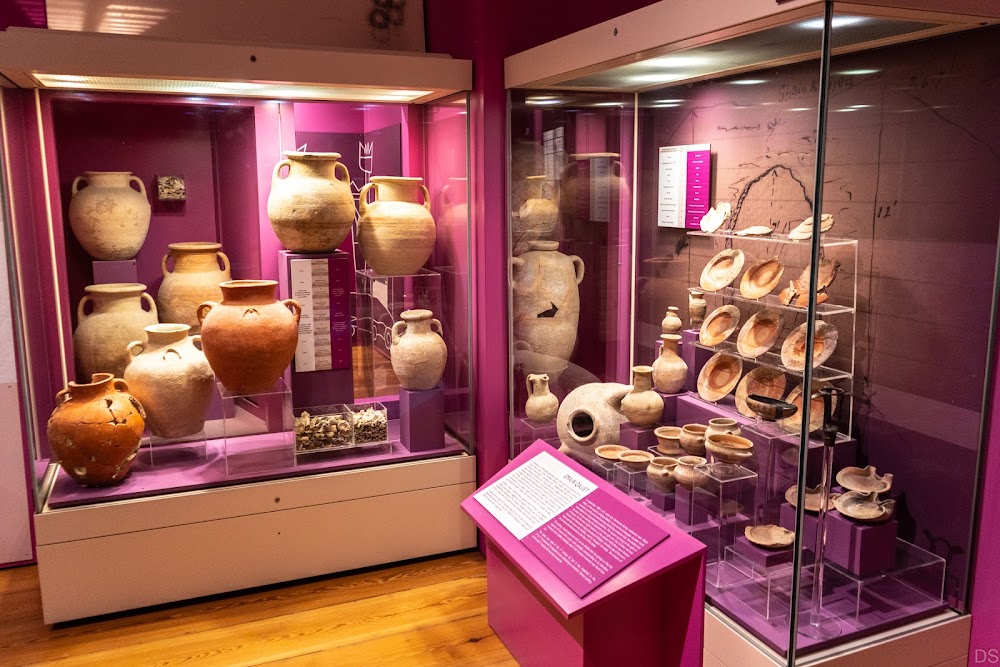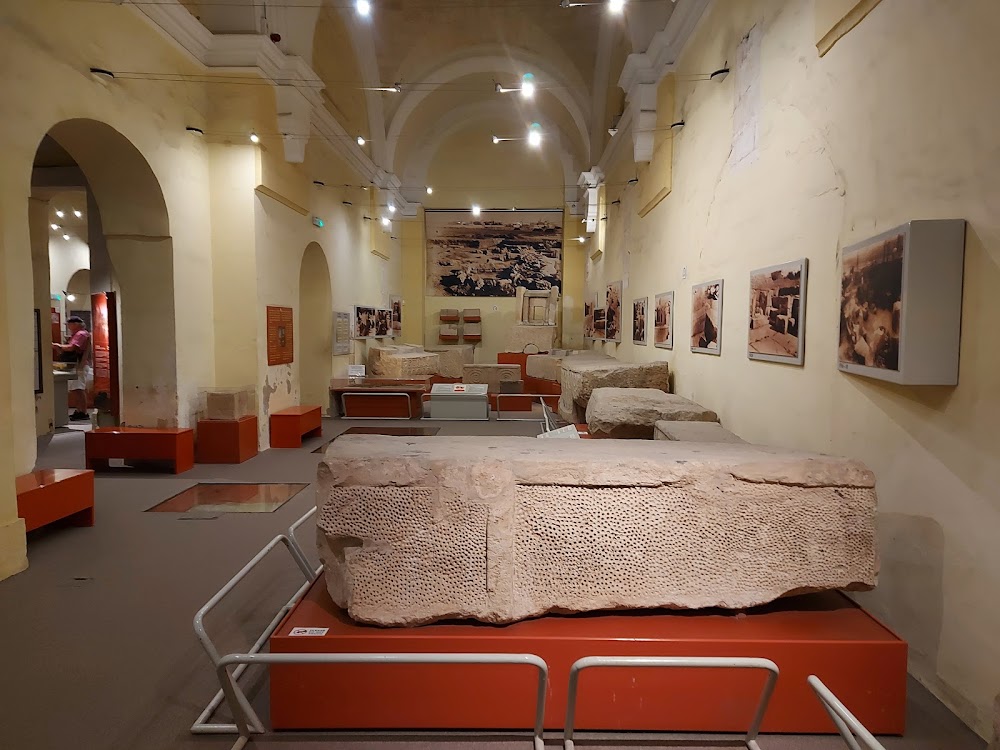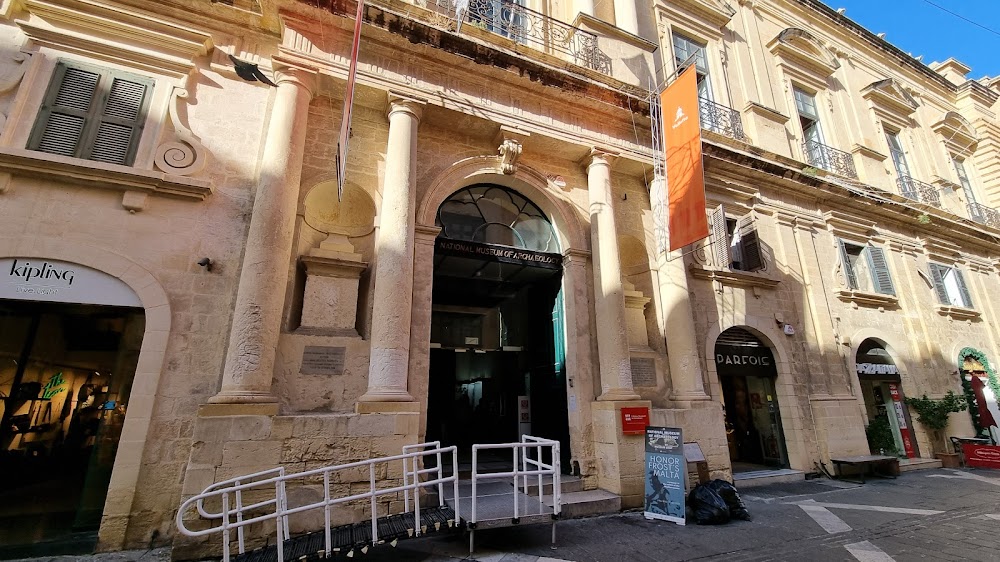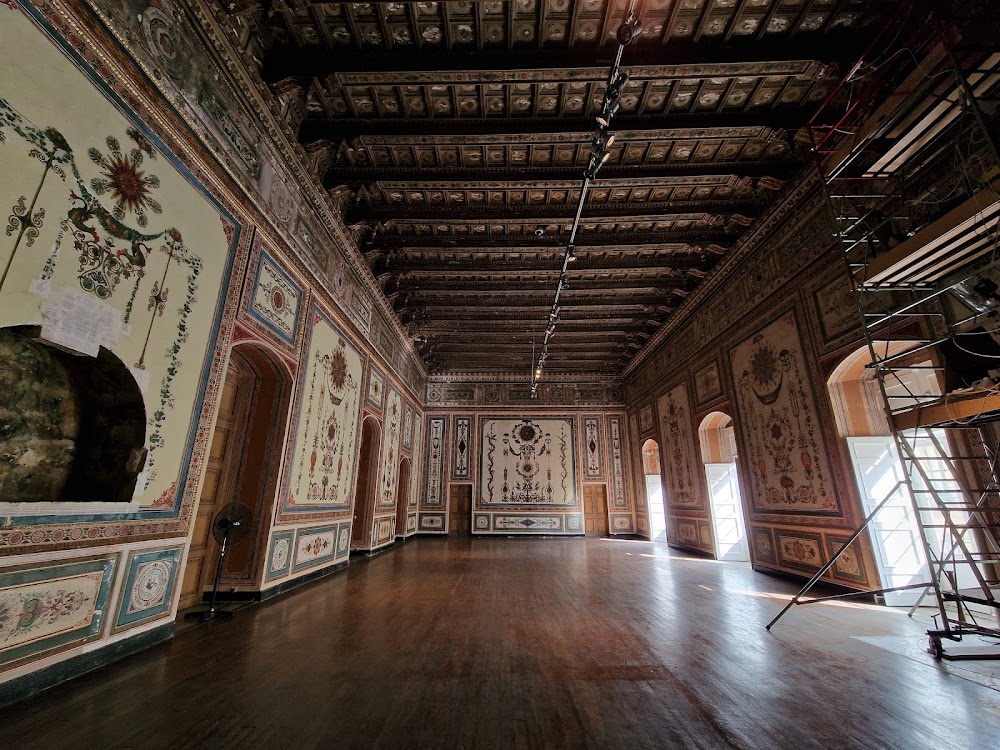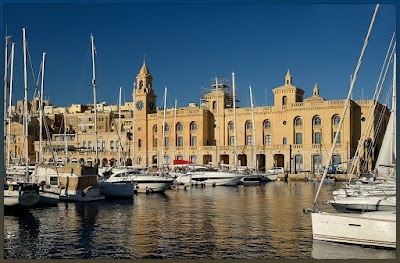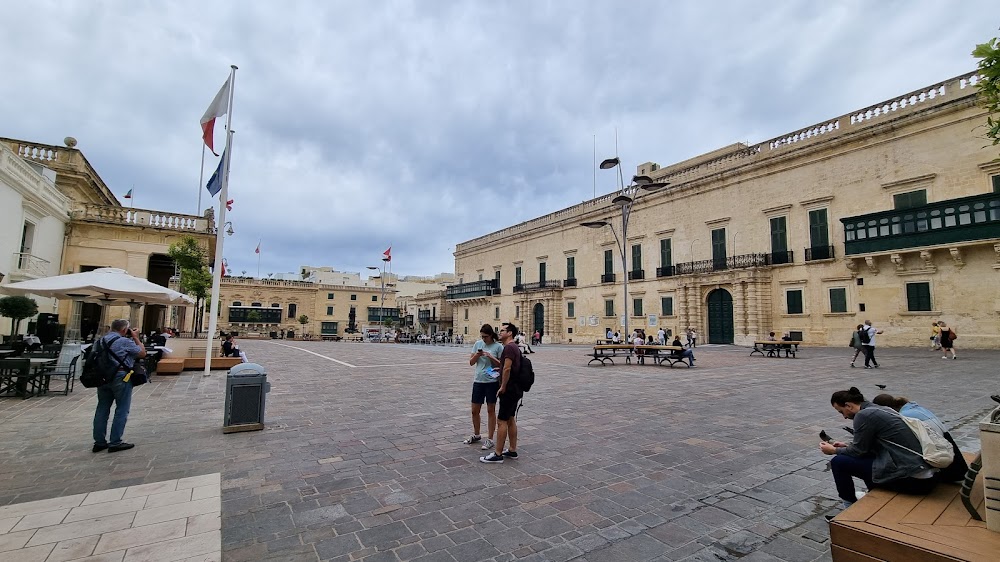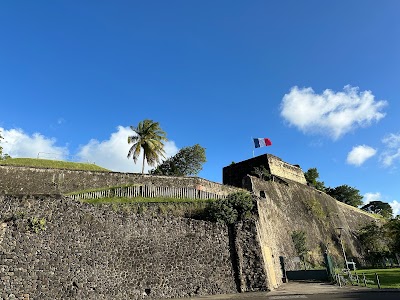National Museum of Archaeology (Il-Mużew Nazzjonali tal-Arkeoloġija)
Overview
The National Museum of Archaeology, located in the heart of Valletta, Malta, is a true treasure trove of ancient artifacts and captivating history. Housed within the stunning Auberge de Provence, a baroque building constructed by the Knights of St. John in 1571, this museum offers visitors a rich and diverse glimpse into Malta's past.
Originally designed to accommodate knights from Provence, France, the Auberge de Provence showcases the architectural genius of Maltese architect Girolamo Cassar, who played a pivotal role in shaping Valletta's early structures. The building is a harmonious blend of elegance and functionality, characterized by intricately carved stonework, grand staircases, and spacious rooms adorned with traditional Maltese tiles.
In the 1950s, as Malta's collection of ancient artifacts expanded, the need for a dedicated archaeological museum became apparent. The Auberge de Provence was selected for this important role due to its historical significance and central location. The ambitious project aimed to convert the auberge into a museum while preserving its historical character and creating an environment suitable for displaying and conserving archaeological treasures.
The restoration and adaptation process was meticulous, with architects and conservators dedicated to retaining the baroque features of the auberge. Modern amenities and museum-specific facilities were seamlessly integrated, enhancing the visitor experience without compromising the building's historic integrity.
Officially opening its doors to the public in 1958, the National Museum of Archaeology quickly became a beacon of Maltese cultural heritage. Its extensive collection spans from the prehistoric era to the early modern period, offering a comprehensive overview of Malta's development over thousands of years.
Among the museum's most remarkable exhibits is the "Sleeping Lady", a small yet intricately crafted statuette from the Neolithic period, discovered in the Ħal Saflieni Hypogeum. This artifact, along with other significant finds, provides insight into the sophisticated society that thrived in Malta long before recorded history.
The museum also features an impressive array of Bronze Age weapons, tools, and jewelry, highlighting the technological advancements and artistic achievements of the time. A substantial portion of the collection is dedicated to the Phoenician and Roman periods, showcasing Malta's pivotal role in Mediterranean trade and cultural exchange.
Visitors will also find a wealth of exhibits related to the Great Siege of Malta, a monumental event in the island's history. Artifacts connected to the defense of Malta against the Ottoman Empire in 1565 emphasize the island's strategic importance and the resilience of its people.
In recent years, the museum has embraced modernization with enhancements aimed at improving accessibility and visitor engagement. Interactive displays, multimedia presentations, and educational programs have been introduced, transforming the museum into a dynamic and engaging venue for learning about Malta's past.
The National Museum of Archaeology in Valletta stands as a testament to the island's rich history and the dedication of those who have worked tirelessly to preserve and share it. With its carefully curated exhibits and the majestic setting of the Auberge de Provence, a visit here offers an unforgettable journey into Malta's ancient and storied past.


